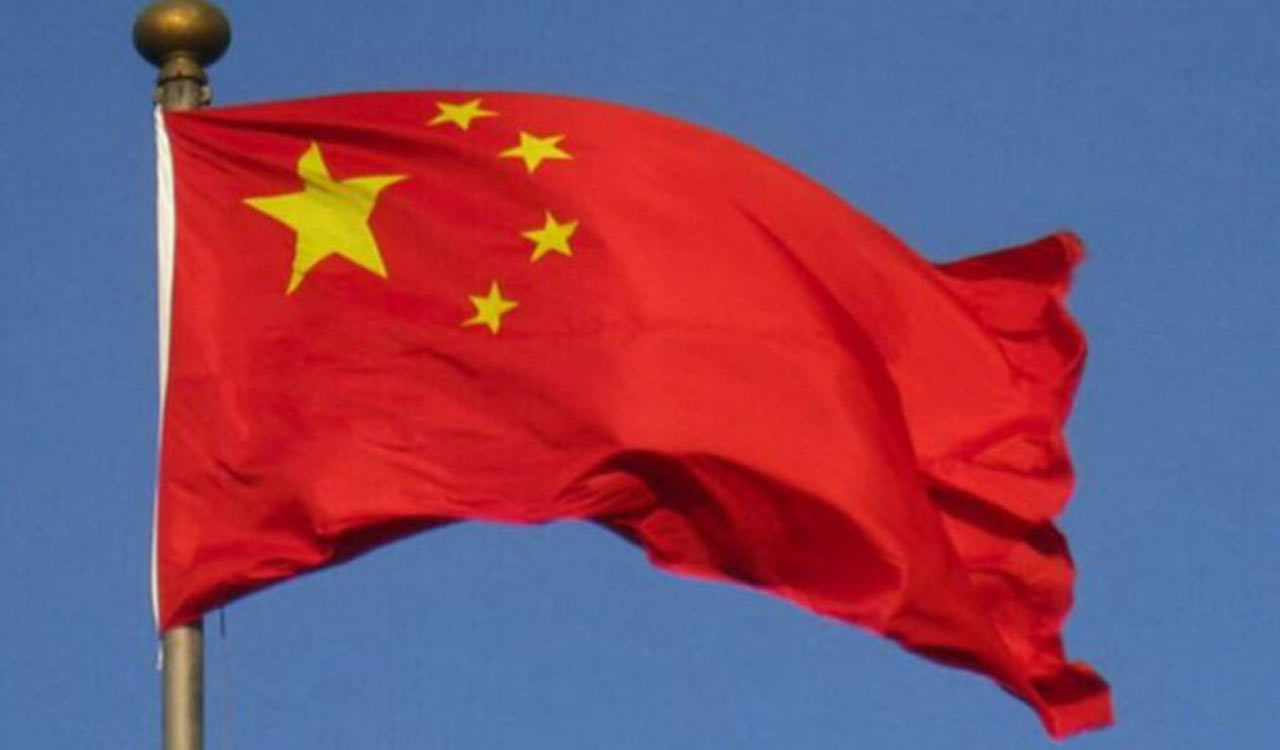Sri Lanka’s multibillion-dollar debts to Beijing have hindered efforts to resolve its financial woes
Published Date – 11:59 PM, Fri – 10 November 23

China has mastered debt-trap diplomacy as a devious tool to ensnare several vulnerable countries, push them into a tight spot and then establish a stranglehold over them. This is a major area of concern for India as its immediate neighbours — Pakistan, Sri Lanka, and Nepal — have become victims of Beijing’s dangerous gameplan. Weighed down by the loan burden, they have either plunged into a full-fledged economic crisis or are showing signs of distress. Apart from economic distress, one thing common among these countries is that they are all part of China’s Belt and Road Initiative (BRI). Since China has weaponised the financial tool of debt to gain influence across the world and grab considerable power, it becomes imperative for India and the Western countries to come up with effective ways to counter its hegemonic policies. The latest decision of the United States to provide $553 million in financing for a port terminal in Sri Lanka, being developed by Adani Group, must be seen in the context of curbing Chinese influence in the region. It must be pointed out that China took Sri Lanka’s Hambantota port on a 99-year lease, on account of Colombo’s failure to pay Chinese debt. This allowed China control over a key port positioned at the doorstep of India, and a strategic foothold along a key commercial and military waterway. Similarly, in exchange for relief, China constructed its first military base in Djibouti, a tiny north eastern African country. Angola, another African nation, is replaying a multibillion-dollar debt to China with crude oil, creating major problems for its economy.
Sri Lanka’s multibillion-dollar debts to Beijing have hindered efforts to resolve its financial woes. According to a recent report by AidData, a university research lab at William & Mary in Virginia, developing countries owe Chinese lenders a whopping $1.1 trillion. In fact, 80% of China’s lending portfolio in developing countries is supporting those in financial distress. China’s game plan is straightforward — give loans without due diligence so that political leaderships of recipient nations are beholden to Beijing. That is precisely what China’s BRI is all about. Around 40 countries are caught in the trap. To lure low and middle income countries into its debt trap, China offers loans at interest rates that are below market rates and have longer grace periods. The debt-trap policy will fuel China’s hegemonic ambitions, posing a direct challenge to the open and peaceful Indo-pacific region. The controversial China-Pakistan Economic Corridor (CPEC), which passes through the Pakistan-occupied Kashmir (PoK), threatens India’s sovereignty. At a time when Sri Lanka is beginning to recover from its financial mess and needs viable investments to revive its economy, the US government’s International Development Finance Corporation (IDFC) has come to its rescue with the largest infrastructure investment in Asia. The goal of the US and India is to limit Beijing’s debt-trap diplomacy.





